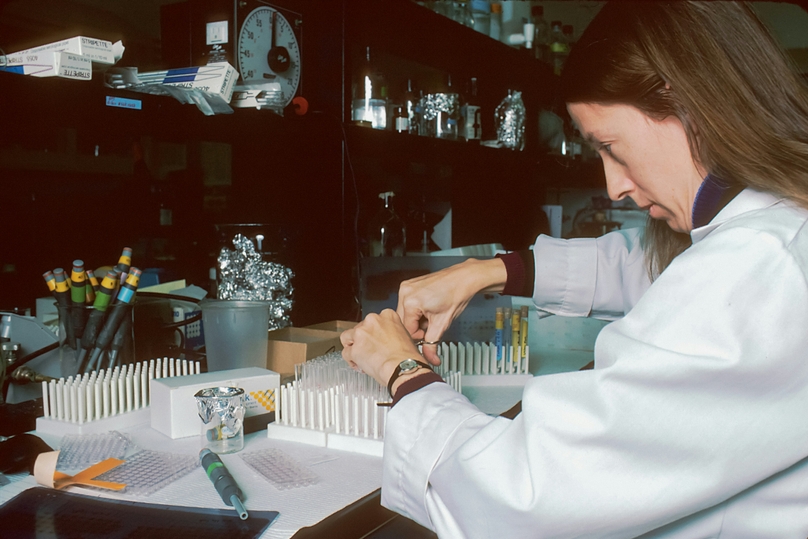In modern research, the choice of tools and systems makes a profound difference. With the increasing complexity of data and the need for organized management, the decision between Laboratory Information Management Systems (LIMS) and Electronic Lab Notebooks (ELN) becomes critical. While both aim to streamline and enhance the research process, understanding their roles and differences is vital for those overseeing or involved in community research projects.
What Is LIMS?
A Laboratory Information Management System, commonly known as LIMS, is a digital solution that helps manage samples, associated data, and laboratory workflows efficiently. Think of LIMS as a dedicated librarian for a vast library of samples. This librarian not only knows where each sample resides but also holds information about its origin, treatment, and results. For retirement communities, LIMS can be especially beneficial. Let's say a community is researching the nutritional values of different foods and their impact on health. The LIMS would manage the details of each food sample, the tests run on them, and the outcomes. It ensures team members can quickly locate and access the desired data, streamlining the research process and ensuring information is kept.
What Is ELN?
On the other side of the spectrum, we have the Electronic Lab Notebook or ELN. If LIMS is the librarian, ELN is the detailed diary researchers maintain. ELN digitally captures, stores, and retrieves the experimental data, notes, and procedural steps team members take during their research. For instance, if residents of a retirement community are exploring the effects of different exercises on mental well-being, ELN would contain the day-to-day notes of what exercises were done, how they were performed, and any observations made. ELN provides a chronological record, making it easier for researchers to trace back their steps, understand the sequence of events, and make informed decisions. It's like having a digital assistant that remembers everything and helps keep research organized and accessible.
Similarities between LIMS and ELN
At a glance, LIMS and ELN might seem like tools serving entirely different purposes. However, they do share some fundamental similarities. Both systems enhance the efficiency, accuracy, and organization of laboratory work. They act as digital platforms to streamline research processes and reduce manual, often error-prone, record-keeping. For retirement communities venturing into research, both LIMS and ELN offer ways to manage vast amounts of data and ensure that team members can collaborate seamlessly. Additionally, in the age of cybersecurity, both systems prioritize the secure storage of data, ensuring that residents’ and team members' research remains confidential and protected from potential breaches.
Differences between LIMS and ELN
While LIMS and ELN share common ground in their purpose to organize and streamline research, they serve distinct roles within the laboratory setting.
A LIMS primarily focuses on the management of samples. It's like a central hub, ensuring that the intricate details of each sample, from its origin to its current status, are readily available. When team members need to know where a particular sample is or how it has been treated, they turn to the LIMS. It's the go-to system for tracking and managing the logistical side of laboratory work.
In contrast, an ELN is more about the research process itself. It captures the day-to-day notes, observations, and methods used during experiments. When a team member wants to review how an experiment was conducted or which observations were made on a particular day, they consult the ELN. It acts as a digital journal, documenting the research journey step by step.
Optimizing Modern Research with Advanced Tools
In the evolving landscape of laboratory research, choosing the right digital tools is paramount. The best molecular biology software, like the one offered by Genemod, empowers researchers by streamlining the intricate processes of primer design and molecular studies. It simplifies complex tasks, ensuring accurate results without the steep learning curve. Alongside, the importance of a robust lab automation system and software cannot be overstated. Automating repetitive and time-consuming tasks enhances efficiency, reduces the margin for error, and allows team members to focus on more critical aspects of research. With tools like these, modern research becomes more organized, efficient, and data-driven, ensuring that communities remain at the forefront of innovation.


















